Vietnam and China have a close relationship with many cultural similarities. Therefore, Vietnam can learn from China's practices and experiences in improving the quality of cultural products, while applying technologies such as AI, VR, and digital platforms to create creative and attractive products.
In the context of globalization and strong technological development, the cultural industry not only contributes greatly to GDP but also enhances the soft power of the country. Industries such as cinema, music , design, and digital media develop thanks to digital platforms, helping cultural products overcome geographical barriers and reach global audiences through YouTube, Spotify, Netflix, and TikTok.
Enhancing Vietnam's position on the global cultural map
In recent years, the cultural industry in Vietnam has developed strongly, especially in fields such as cinema, music, fashion and digital creativity. Support from development policies along with the explosion of digital technology and social networks has helped this industry expand its market, reaching out to the region and the world.
Economically , in 2015, the cultural industry contributed 2.68% of GDP, and by 2018, after three years of implementing the Strategy for the Development of Vietnam's Cultural Industries to 2020, with a vision to 2030, this rate increased to 3.61%. In the 2018-2022 period, the total production value of the industry is estimated to reach 1,059 trillion VND (44 billion USD).
Over the past 5 years, the number of business establishments in the industry has increased by an average of 7.21% per year. In 2022 alone, there will be about 70,321 establishments operating related to the cultural industry, creating jobs for about 1.7 - 2.3 million workers, with a labor growth rate of 7.44% per year.
Vietnam possesses a rich cultural treasure, which is a solid foundation for developing the cultural industry in the direction of combining tradition and modernity. National identity is not only a source of creative inspiration but also helps Vietnamese cultural products create their own mark on the market.
Traditional art forms such as tuong, cheo, cai luong, quan ho… are modernized through performance technology, helping to reach young audiences and tourists. Folk music is also reinvented when combined with electronic music and symphonies, creating unique artistic products.
Traditional costumes such as Ao Dai and brocade are incorporated into modern fashion, reaching international standards. Vietnamese cuisine such as Pho, Banh Mi, and Coffee are increasingly prominent, contributing to promoting culture. Exploiting national identity in the cultural industry not only preserves heritage but also creates high economic value, helping Vietnam affirm its position in the domestic and international markets.
Vietnamese cultural industrial products are developing strongly thanks to the creative exploitation of traditional cultural values, creating an impression on domestic and foreign markets. The combination of tradition and modernity helps spread national identity in a new and attractive way.
Performing arts: Reality shows such as Tinh Hoa Bac Bo and Ky Uc Hoi An revive cultural heritage through modern performance technology, attracting young audiences and tourists.
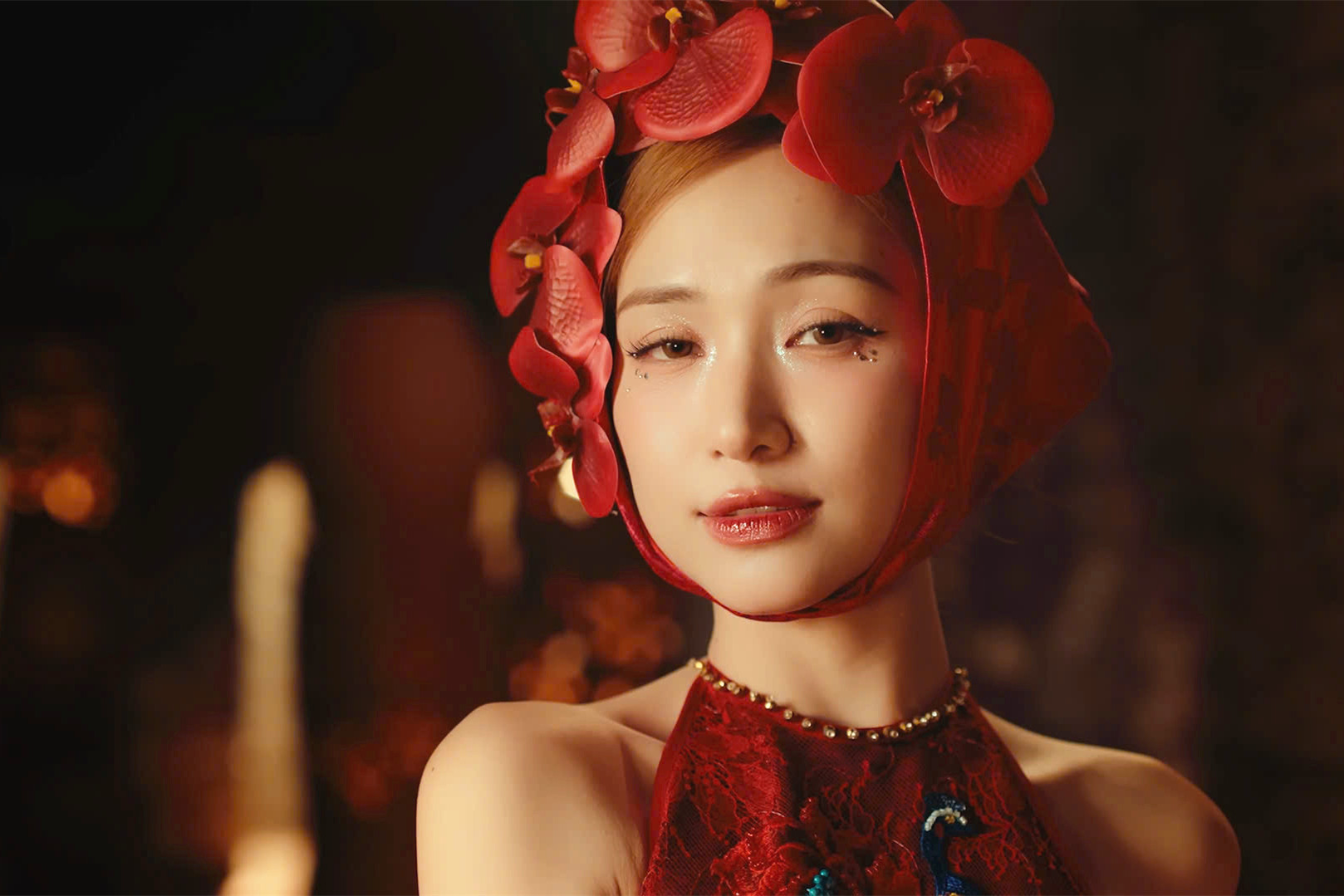
Music: The show Anh trai vu ngan cong gai, songs like De Mi noi cho ma nghe, Gieo que or Bac Bling combine folk sounds with pop, EDM, hip-hop, creating strong appeal.
Cinema: The Godfather reflects family values, while Ghost Light combines folk legends with mystical elements, contributing to cultural preservation.
Fashion: Vietnamese costumes are recreated in international collections, helping to spread traditional beauty.
These innovations not only enrich the cultural industry but also enhance Vietnam's position on the global cultural map.
Applying modern technology to develop cultural industry
In the context of global economic integration and cultural exchange, Vietnam's cultural industry is witnessing a strong transformation. Not only simply inheriting precious traditional values, cultural products are now also being created and innovated to keep up with modern tastes, meeting the increasingly diverse needs of domestic and international audiences.
Producers and artists have sought to transform traditional elements such as folk tales, traditional costumes, and folk dances into attractive contemporary products. The artworks not only retain the beauty of the past but are also “transformed” with modern visual language, combining sound, light, and digital technology to create completely new experiences for the audience.
One of the key factors driving the development of Vietnam’s cultural industry is the application of modern technologies such as artificial intelligence (AI) and virtual reality (VR). AI not only improves the content production process but also provides a personalized experience for audiences by analyzing their preferences, thereby suggesting appropriate artistic elements, supporting editing and filmmaking, and contributing to the creation of smooth, unique products in the fields of cinema and music.
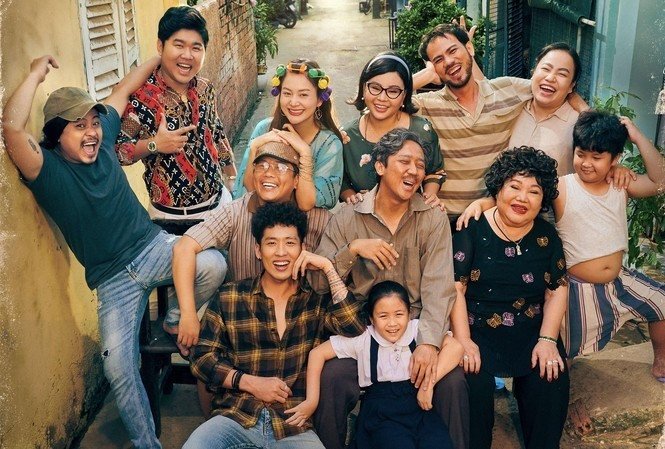
Meanwhile, VR opens up a new experience space, allowing the audience to "participate" in the story, moving through vivid virtual spaces simulating traditional landscapes and cultural contexts, thereby not only increasing interactivity but also creating a close bridge between the past and the present.
Experience from China and opportunities for development cooperation
Vietnam and China have a close relationship with many cultural similarities, so learning from China's experience in developing the cultural industry is necessary. In fact, although Vietnam's cultural industry has achieved many successes, referring to and applying international experience still plays an important role in promoting sustainable development. China is a typical example, its cultural industry contributes more than 800 billion USD, accounting for 4.46% of GDP (2022), even reaching 11.3% in Beijing and 16% in Hangzhou.
China has successfully combined modern technology with traditional cultural values. Its cinema uses computer graphics (CGI) and special effects to recreate history and legends, attracting audiences at home and abroad. Music (C-pop) has also reached new heights thanks to the blend of folk melodies and modern trends.
Chinese fashion, inspired by hanfu and ao dai of the Ming and Qing dynasties, has been creatively transformed to conquer the international market. Live shows such as Impression Lijiang and Impression Liu San have become indispensable dishes for tourists when traveling to China.
Vietnam can learn from China's experience and practices in exploiting national identity to improve the quality of cultural products, while applying technology such as AI, VR, and digital platforms to create creative and attractive products. More importantly, Vietnam needs to develop its cultural industry in its own direction, not following international trends in a vague way but affirming the unique identity of the nation, contributing to building the capacity and internal strength so that we can "integrate but not dissolve".
With a deep cultural foundation and many historical similarities, Vietnam and China have many opportunities to expand cooperation in the field of cultural industries. In particular, the connection between influential individuals in the fields of arts and media of the two countries can also contribute to creating important bridges, promoting in-depth cultural exchanges.
Once arts and media go hand in hand with policy, cultural cooperation between the two countries will not only contribute to economic development but also spread the unique values of East Asian civilization on the international stage.
MV 'Bac Bling' by Hoa Minzy:
Dr. Trieu Quang Minh
Photo: Document

Source: https://vietnamnet.vn/phat-trien-cong-nghiep-van-hoa-co-hoi-hop-tac-giua-viet-nam-va-trung-quoc-2389710.html


![[Photo] Ho Chi Minh City holds funeral for former President Tran Duc Luong](https://vphoto.vietnam.vn/thumb/1200x675/vietnam/resource/IMAGE/2025/5/24/9c1858ebd3d04170b6cef2e6bcb2019e)



![[Photo] The Government Standing Committee works with ministries and branches on the real estate market situation.](https://vphoto.vietnam.vn/thumb/1200x675/vietnam/resource/IMAGE/2025/5/24/e9b5bc2313d14c9499b8c9b83226adba)



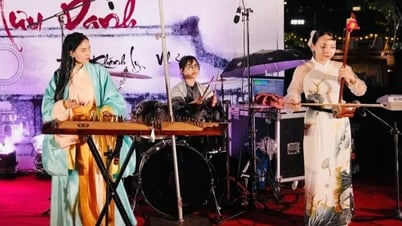



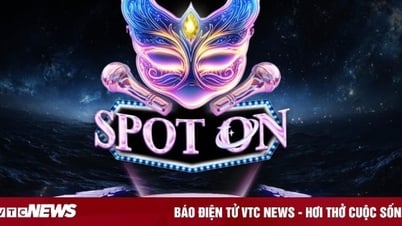






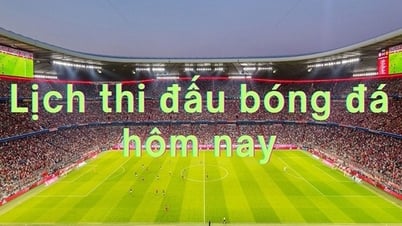
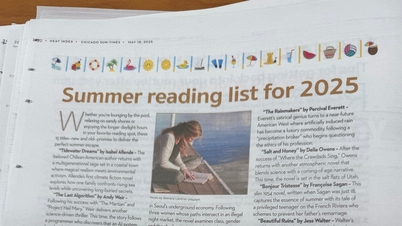
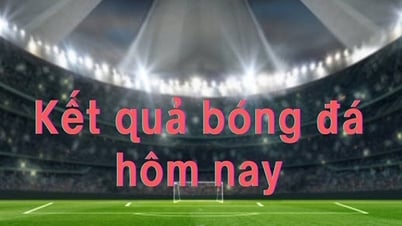





![[Photo] Party and State leaders visit former President Tran Duc Luong](https://vphoto.vietnam.vn/thumb/1200x675/vietnam/resource/IMAGE/2025/5/24/960db9b19102400e8df68d5a6caadcf6)


































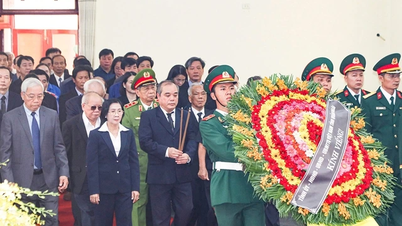


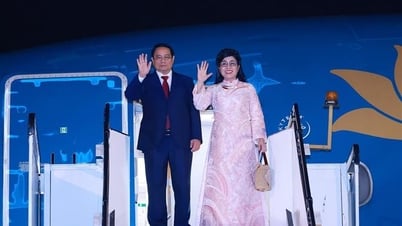








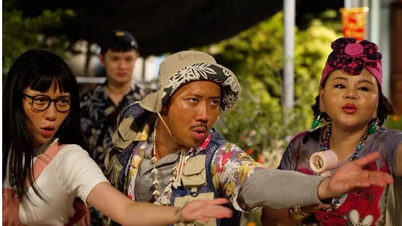







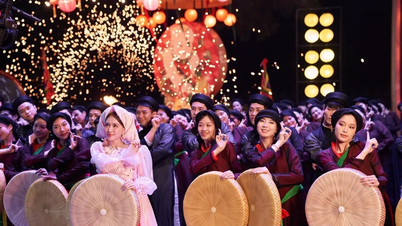















Comment (0)